We’ve all heard of bacon fat and duck fat, but what is the beef version, and is it as easy to use without an aggressive meat flavor? It’s tallow. Rendered from suet, beef tallow is as versatile and easy to use as any other animal fat. In this instant pot beef tallow recipe, we’re showing you just how easy it is to make at home and some ideas on how to put it to use.
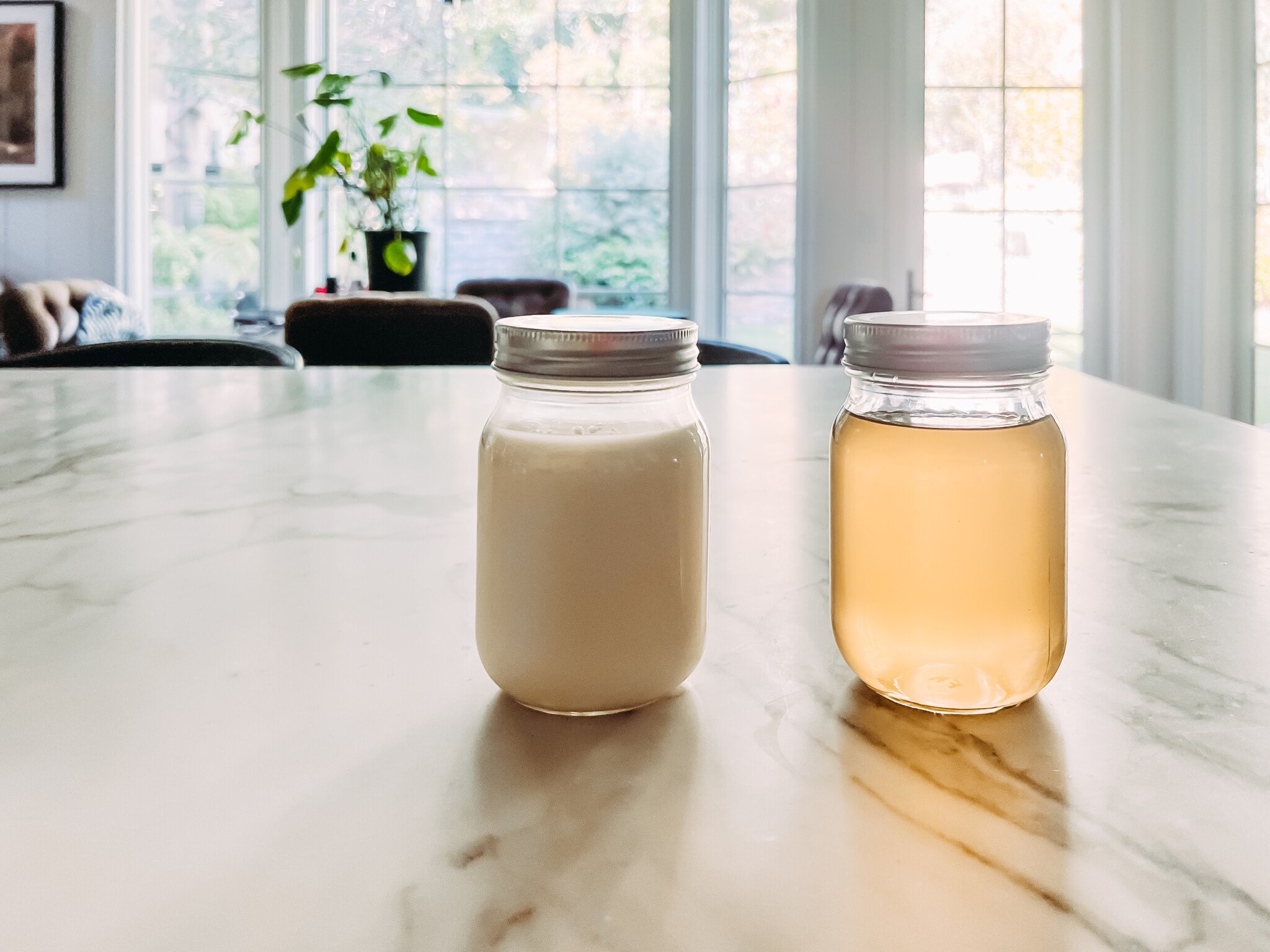
Table of Contents
Long gone are the days of anti-fat diets. And cheers to that. Whenever I am asked how to season a steak, it’s simply salt, pepper, and fat. So bring it on.
Homemade beef tallow is a great way to use up the hard leftover fats often trimmed from larger cuts, like brisket. It’s also a great way to make sure to use up everything you can if saving pennies and ordering a quarter or half cow to store for later.
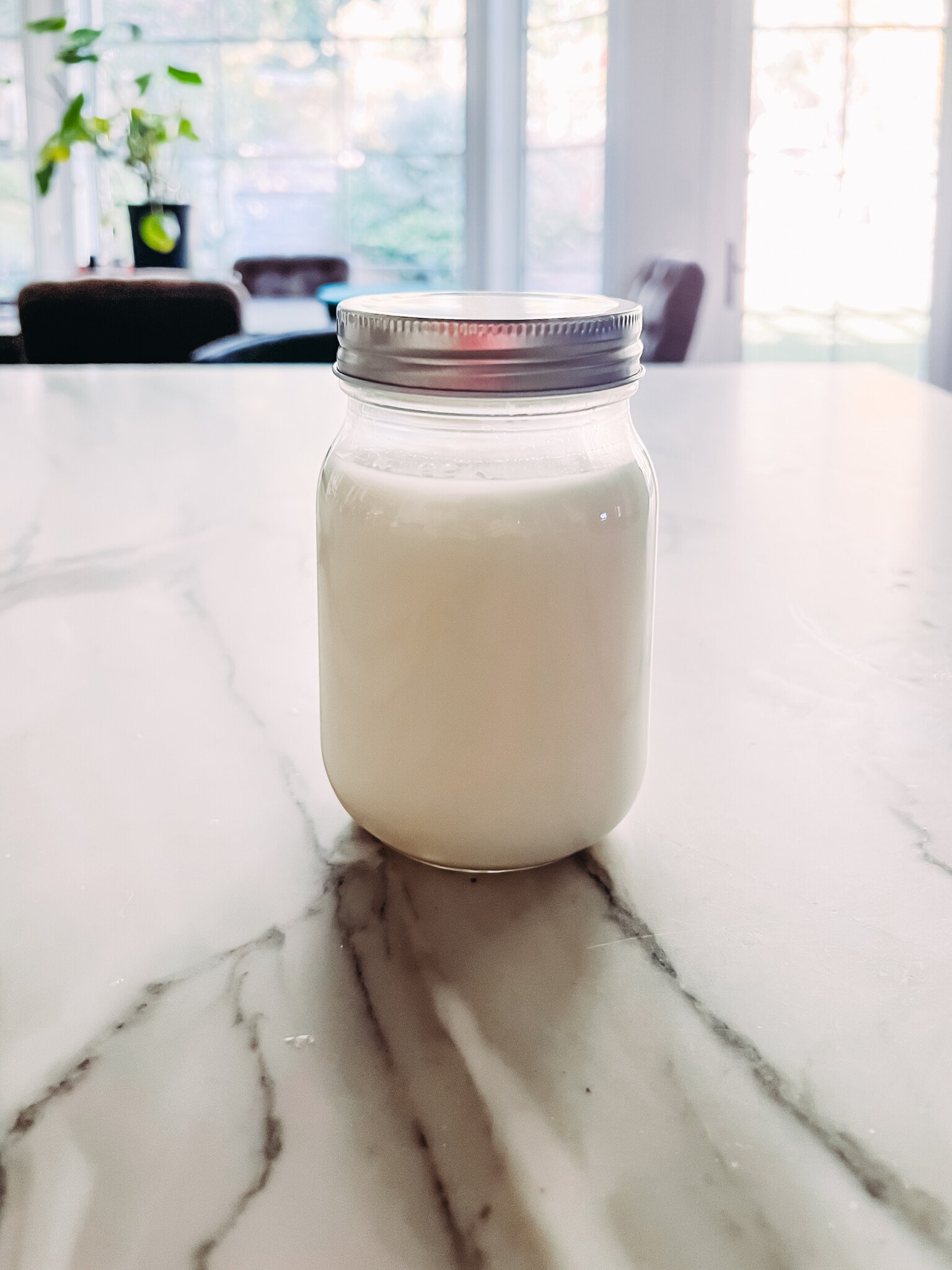
What is beef tallow
Beef tallow is the rendered fat from a cow. The hard fats trimmed from areas like the prime rib or brisket or suet from around the heart and kidneys are slowly and evenly rendered to remove impurities. It’s then resolidified and stored for use.

Suet is the hard fat you will use to make tallow. We are focused on beef tallow here, but suet is the term for split hooved animal fats and can be sourced from lamb or deer.
Beef tallow can be used similarly to lard, bacon fat, duck fat, or even as a substitute for butter or coconut oil in some recipes.
Another great thing about beef tallow is that it’s shelf-stable. You can make a large batch and store the rest in a dark cool place (aka, the pantry) for up to a year. Alternatively, store in the fridge or freeze in batches if you are worried about maintaining a cool temp.
This will allow you to use it as needed without worrying about spoilage.
I place a small jar in my pantry for weekly use and refresh it as needed.
Note: I am not a doctor, scientist, or nutritionist and would encourage you to do your own research on saturated fat, vitamins, or any nutritional claims for animal-based fats.
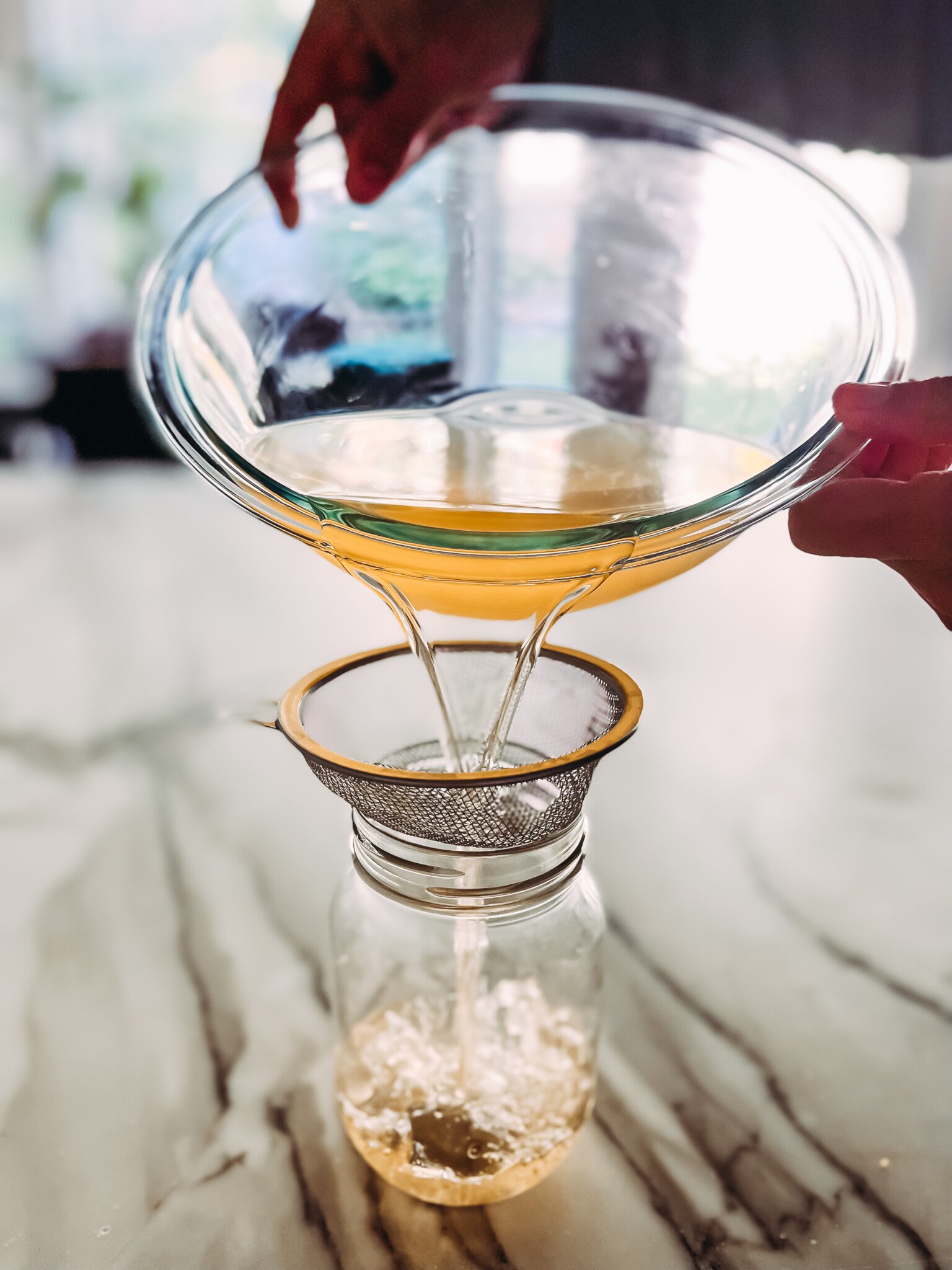
5 Ways to use beef tallow
Thinking you won’t use beef tallow, so why bother? Think again. Here are my top 5 ways to use beef tallow (#3 is my favorite).
- Use beef tallow to grease a pan for sauteeing peppers and onions. Or as a general replacement any time you’re sauteing any veggie.
- Use it to sear perfectly crispy chicken thighs, steaks, or pork chops as a substitute for oil or butter. Beef tallow has a high smoke point of 400°F which makes it great for locking in a good sear or frying. Check out my method for a perfect ribeye steak and give beef tallow a try!
- We’ve all heard of duck fat fries (and clearly, I have nothing against those) but have you ever had beef tallow fries? Mcdonald’s used to be on to something here… Oh my God good! You want to check out my Hawaiian-inspired version!
- Use it in baking. Yep, you read that right. Try making biscuits or pie crusts with beef tallow instead of lard. Thank me later. Flakey layers for days.
- Double down on our umami taste and use beef tallow when making gravies and pan sauces. Add some of my GirlCarnivore Ooomami for added beefy richness (as tallow doesn’t have much distinct flavor on its own). Want to take that even further? Here’s an in-depth tutorial on how to add more umami to your recipes!
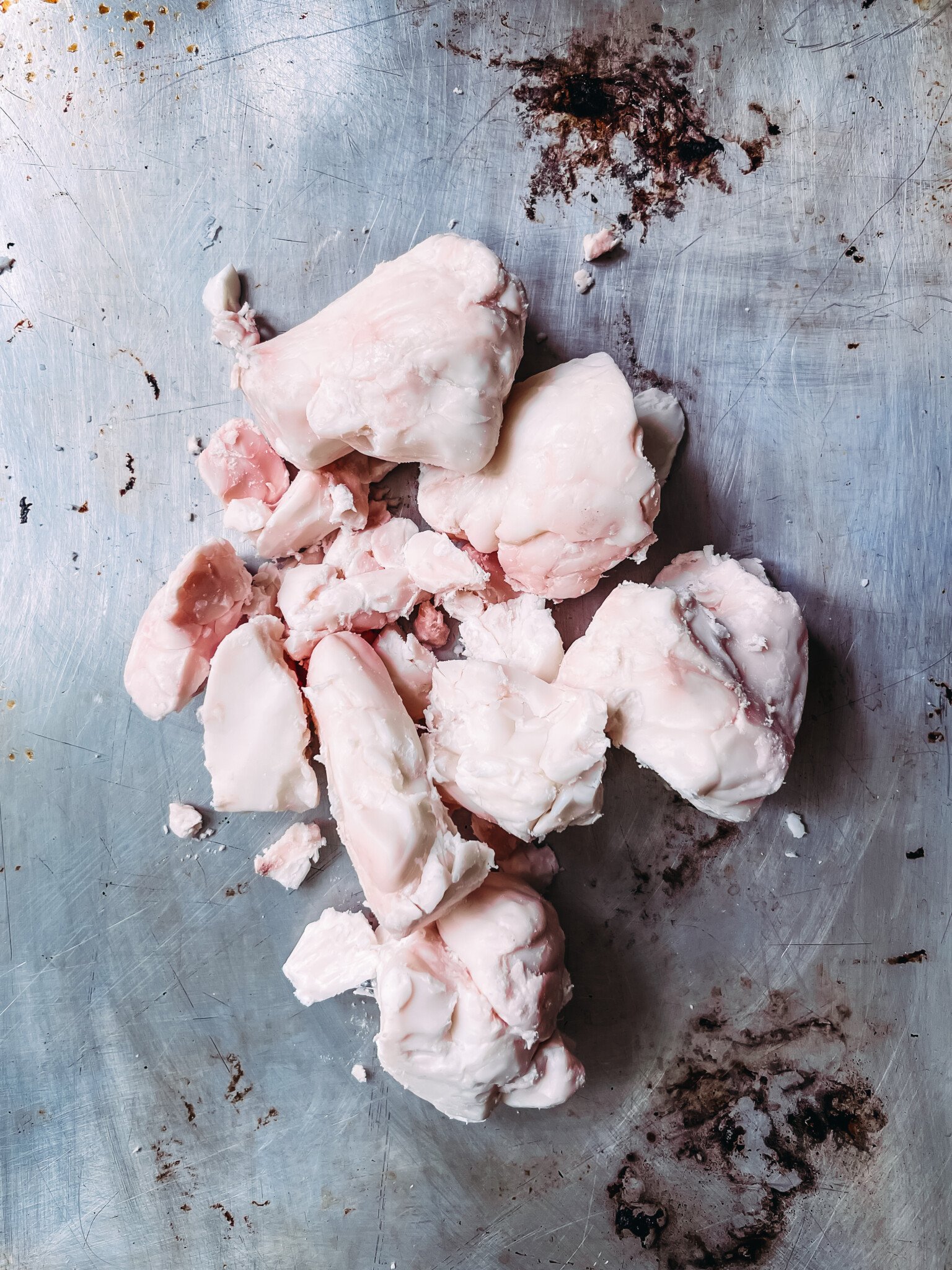
What you need to render suet
- Beef suet
- Instant pot
- Cheesecloth or fine mesh sieve
- Funnel
- Wide mouth glass jars
How to make beef tallow in the instant pot
The first step will be sourcing the suet. Depending on where you are, some markets carry suet in the refrigerated or freezer meat departments. Or you may need to call your butcher and ask for it. A good butcher will know what you are looking for and be able to order or set some aside for you.
Grind the suet. Pro-tip, your butcher can do this for you, but if you’re grinding your own, reserve a little for the next time you make your own ground beef patties. If you don’t have a meat grinder, a food processor will do the trick OR chop the suet into small chunks.
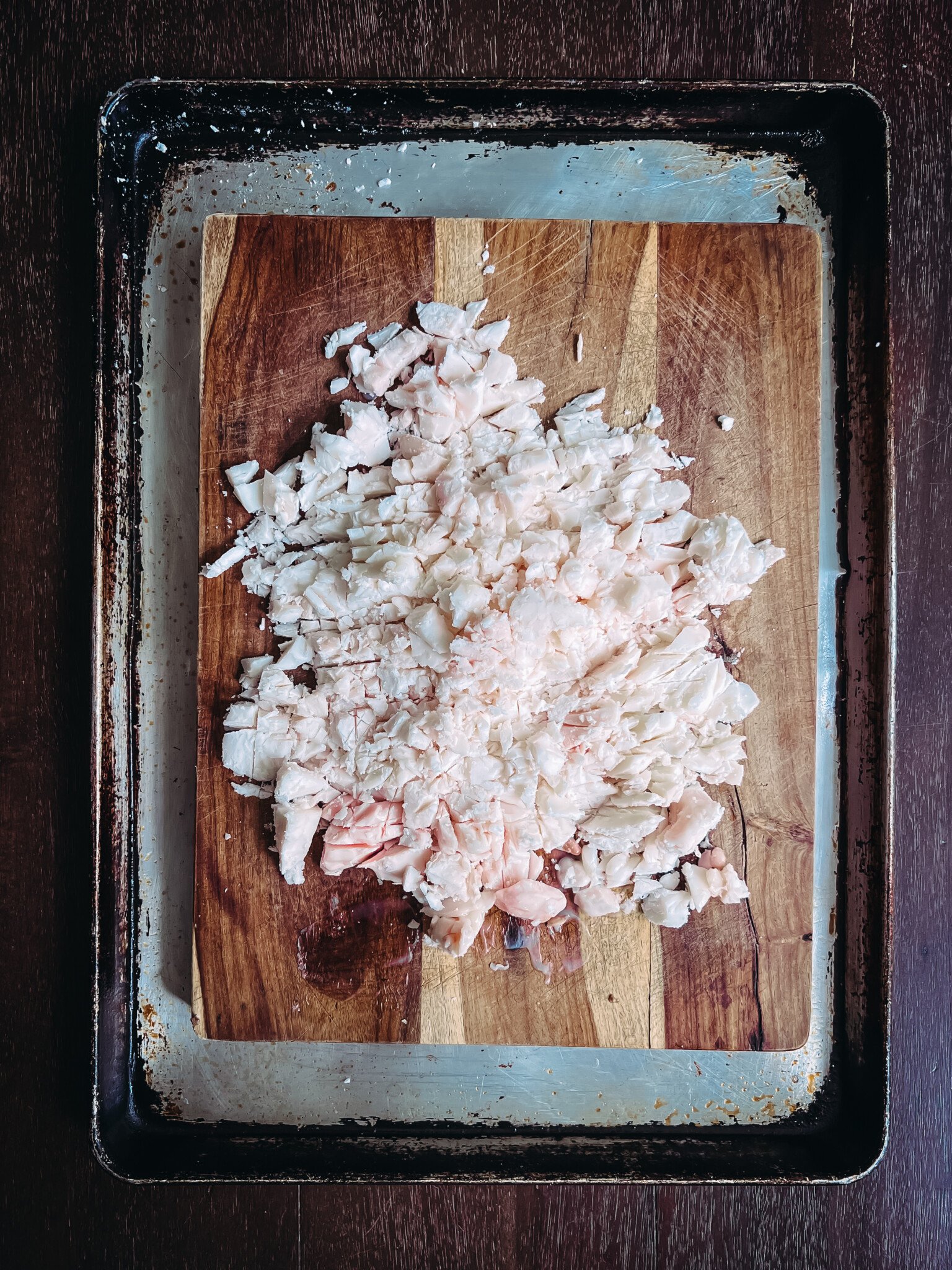
Add the suet and water to the instant pot. Set the timer for 1 hour for pressure cooking if using ground suet and an hour and 30 to 40 minutes if using chunks.

Allow the instant pot to release naturally for 25 to 30 minutes, releasing manually if needed after that.
Carefully remove the lid and pot from the instant pot.
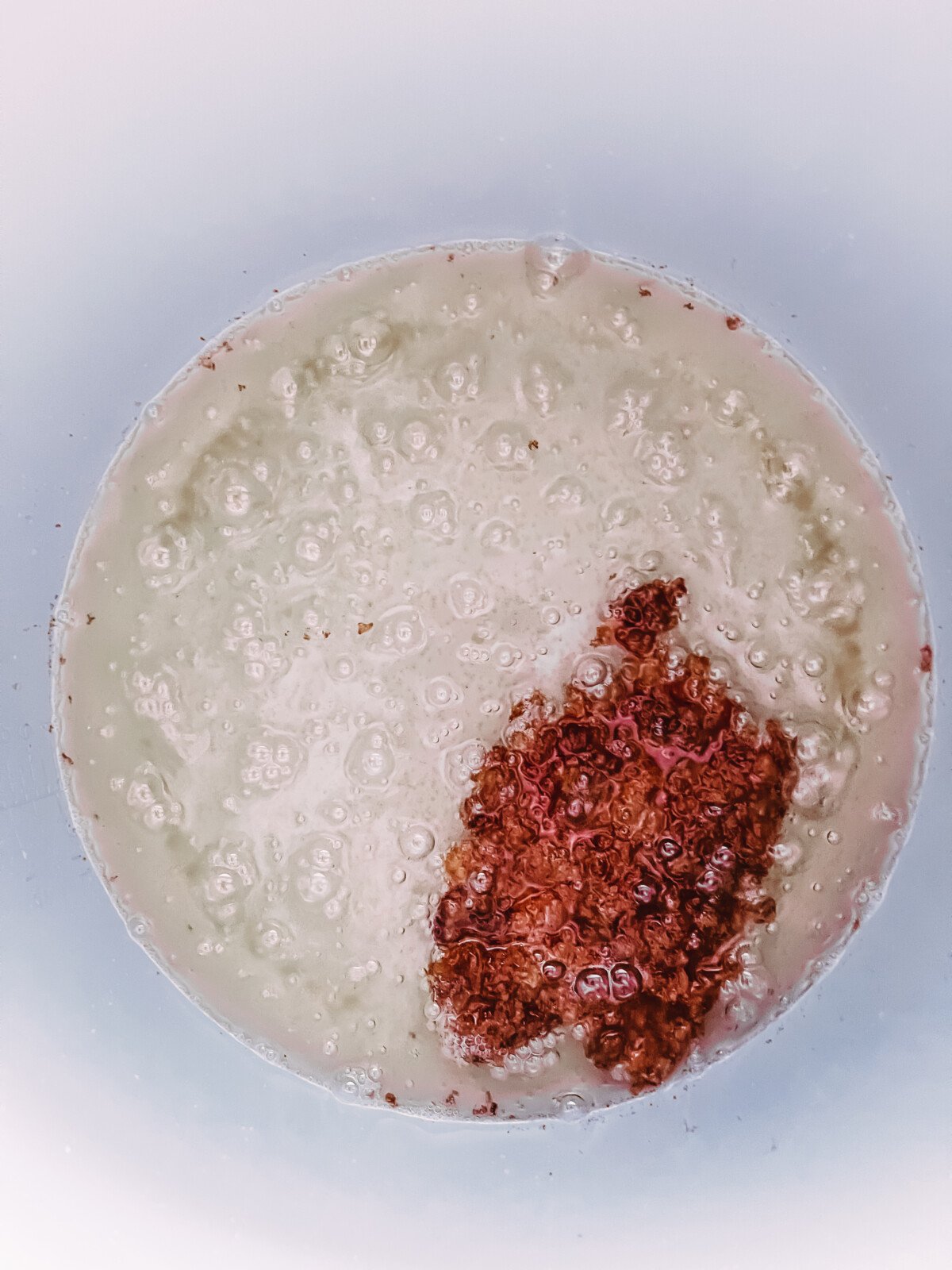
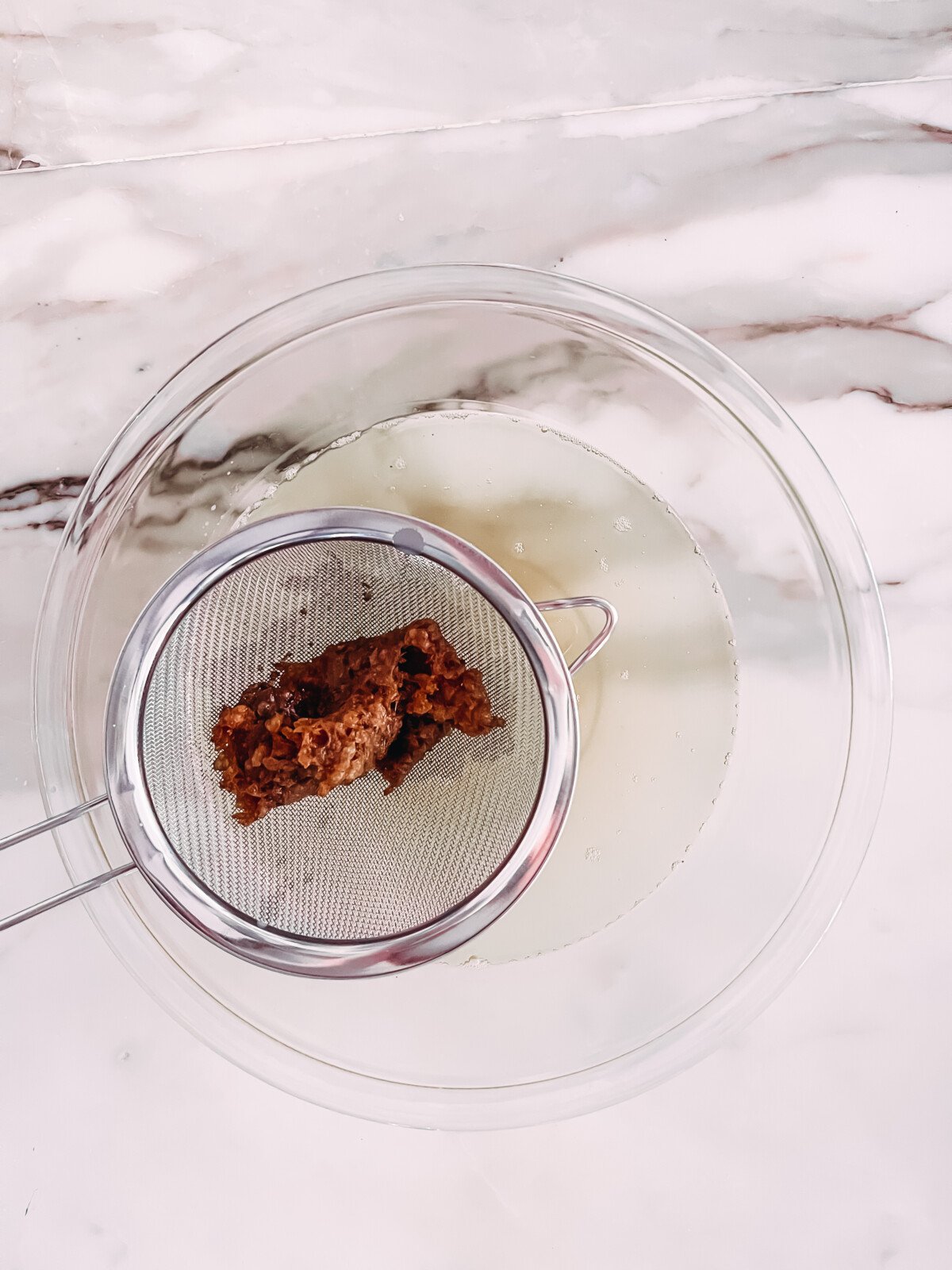
Using the cheesecloth, strain the rendered fat through, removing any small pieces or impurities.
Then, using the funnel, pour into resealable jars, dividing equally.
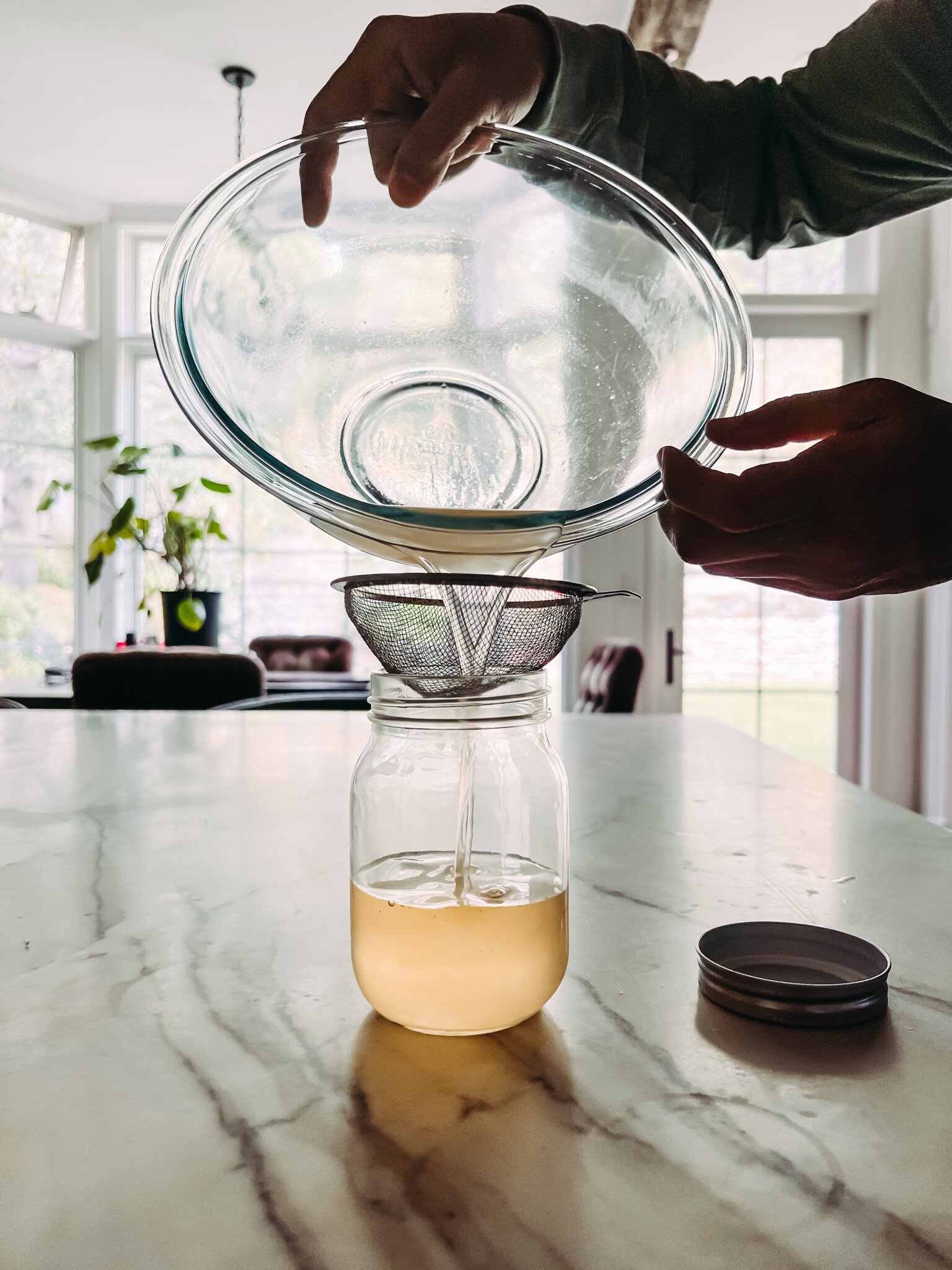
Once strained well, allow the fat to cool at room temperature. As it cools the clear liquid will turn into a white solid. Wait until it’s completely cooled to seal well and store.
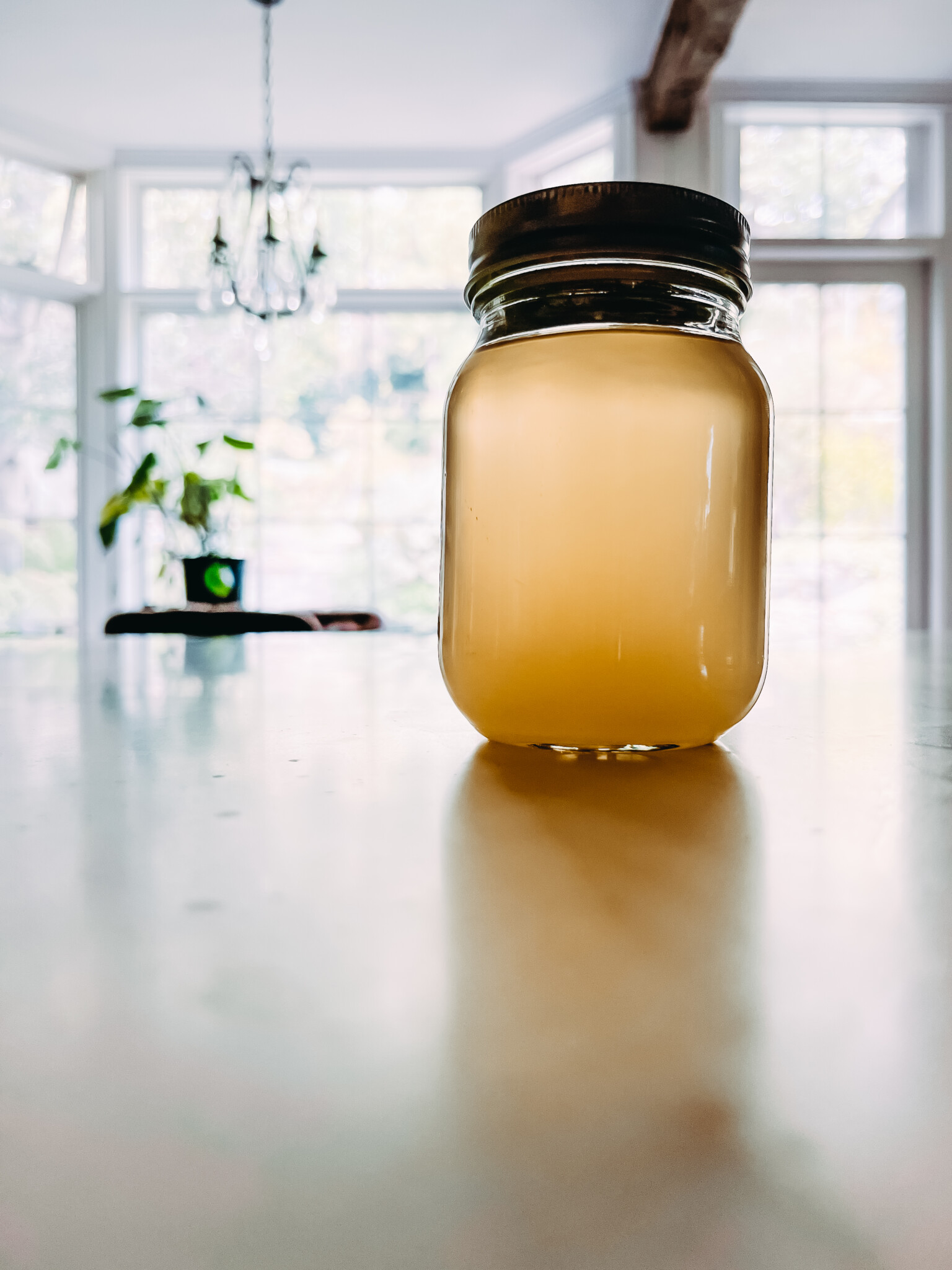
Recipe Notes and FAQs
You can render suet on the stove top or in a slow cooker. It’s almost as easy as a pressure cooker but requires a slightly more watchful eye. And I needed another reason to justify this appliance.
If cooking on a stovetop, make sure to use a heavy cast-iron Dutch oven or pot. Cast iron heats evenly and will help to render tallow evenly. Be sure to keep the suet at a low simmer as it renders to avoid any popping.
Just in case, investing in a splatter screen to use is a great tool to have on hand.
We tested this recipe using both ground suet from the butcher and suet which we chopped ourselves, resulting in different timings in the pressure cooker.
For chopped suet, set your time to one hour thirty minutes to one hour forty minutes for the tallow to fully render.
For ground suet, setting the pressure cooker for 60 minutes does the trick.
We also tested simply simmering via the instant pot. When simmering over high or medium-high there was a chance of popping as the suet rendered and the recipe took about 45 minutes to fully render.
For safety reasons, we feel our hands-off instant pot recipe is the winner. We also felt that the suet we chopped ourselves had fewer impurities and produced a cleaner end result.
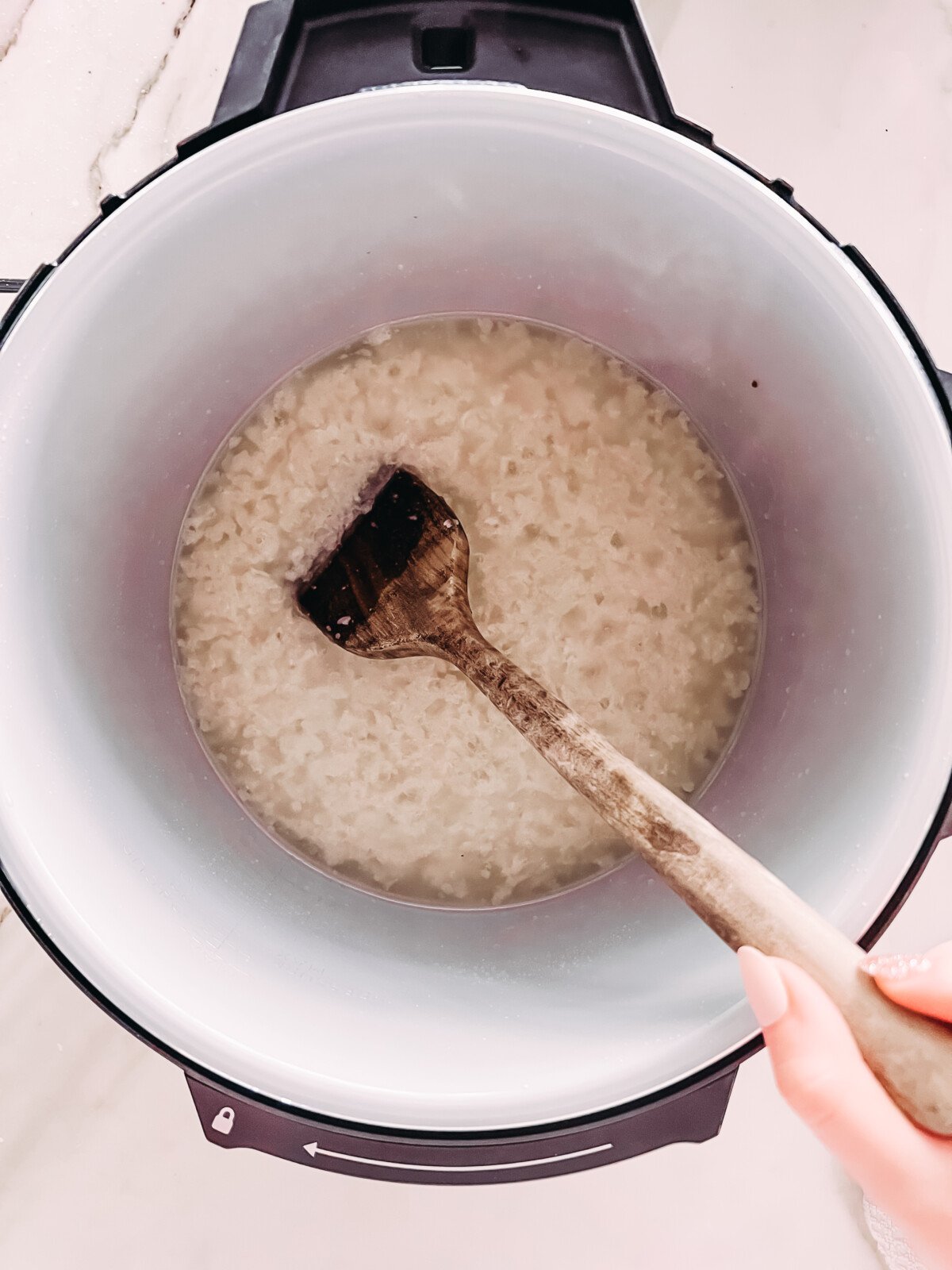
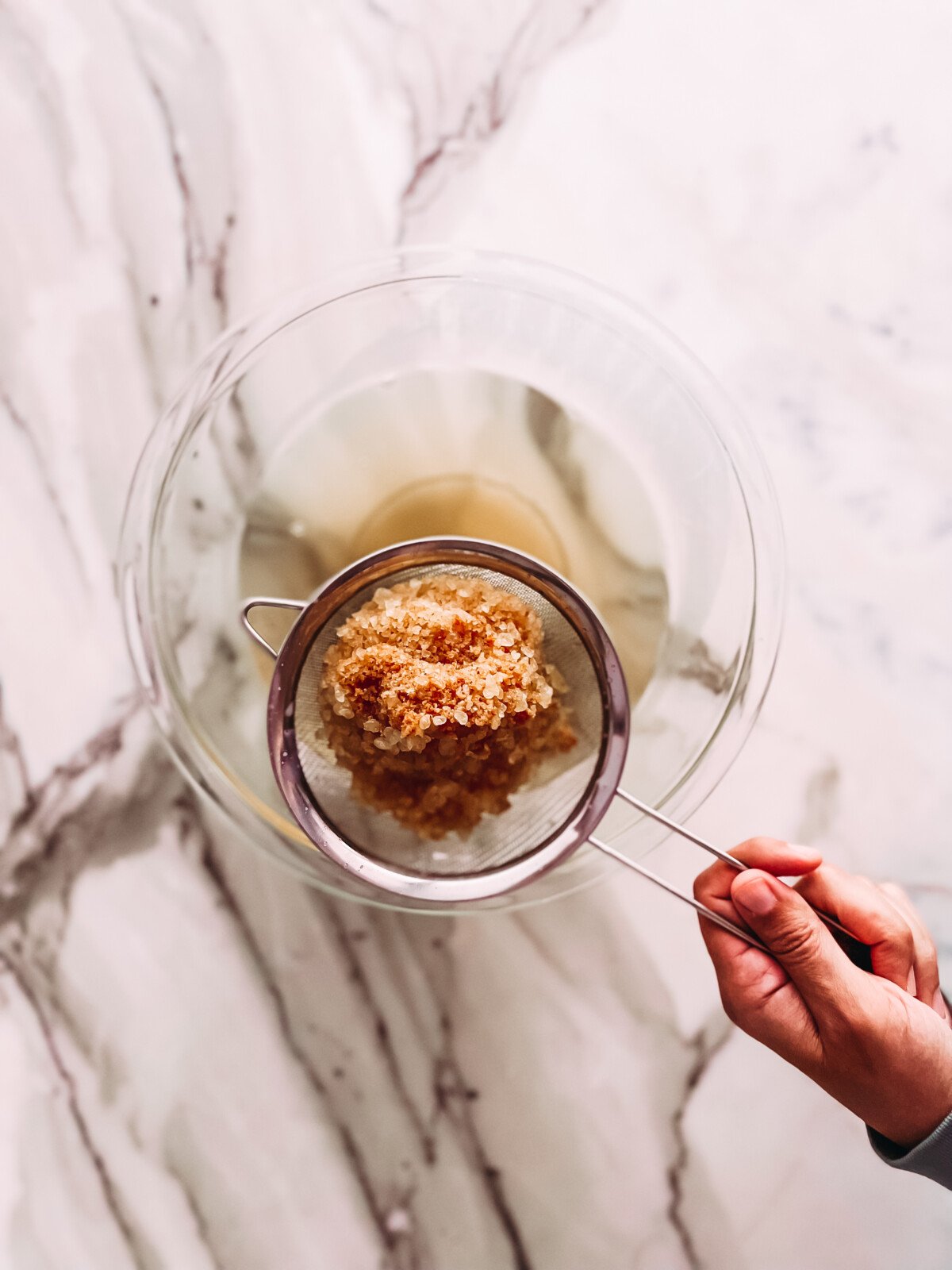
More Recipes to Try
Beef Recipes
Beef Tallow Fries with Furikake
Side Dish Recipes
Duck Fat French Fries
Side Dish Recipes
Air Fryer Garlic Parmesan Fries
Side Dish Recipes
Air Fryer Sweet Potato Fries
Have you tried this recipe? Do us a favor and rate the recipe card with the ⭐ ⭐ ⭐ ⭐ ⭐ and drop a comment to help out the next reader.
Instant Pot Beef Tallow
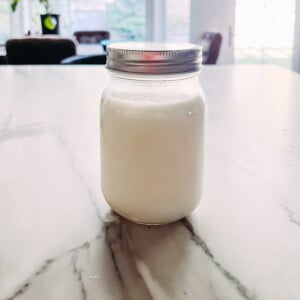
Recommended Equipment
- Instant Pot / Pressure Cooker (We tested this one)
- Fine Mesh Strainer
- Cheese Cloth
- Funnel
- Wide Mouth Glass Jars
Ingredients
- 2 lbs suet
- 1/4 cup water
Instructions
Prep the Suet
- Grind the suet. *see our notes on timing adjustments for ground suet or chopped suet in the notes below or in the full recipe post with details
- Finely chop your suet
Render the Suet in the Instant Pot
- Add the chopped suet and water to your instant pot.1/4 cup water, 2 lbs suet
- Secure the lid
- Set the pressure cooker to 60 minutes.
Release the Steam
- After the cook time, allow the steam to release for 25 to 30 minutes naturally
- Remove the lid.
Strain
- Carefully remove the pot from the pressure cooker
- Set the fine mesh strainer lined with cheese cloth over a wide bowl.
- Strain the tallow through the cheese cloth.
- Allow to cool 5 minutes.
- Place the funnel over the mouth of the mason jars.
- Add a fine mesh strainer and strain the tallow again into the jars.
Secure & Store
- Wait about one to 2 hours for the tallow to solidify and become a milky white color before storing.
- Store the tallow in a cool dark place or refrigerate until ready to use.
Video
Notes
Nutrition
Bookmark this recipe now!







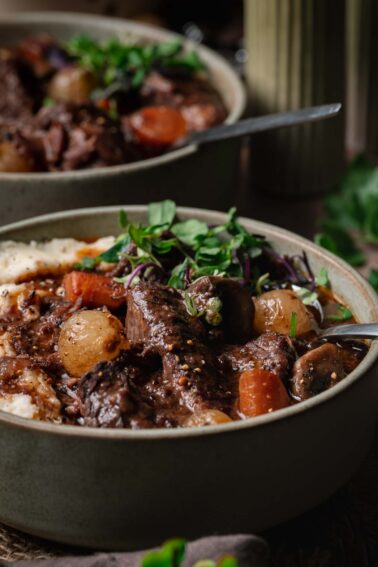










Hi Kita, I have looked at my instant pot booklet where it says for when using the “pressure cooker” to “avoid recipes that contain more than 1/4 cup of fat content”. I had already started the process and when I read this I freaked out and turned off. Can you tell me if there is anything to worry about or am I interpreting wrong? Thanks.
Hey Natasha, sorry for the delay in reply. Its ALWAYS smart to use caution with your pressure cooker. We also were concerned about this but in our model (the Ninja) it was ok but we also kept a moderate amount and wouldn’t recommend going over it. We had no problems with ours, but can’t speak to every make and model.
Tried this 3 times yesterday with 1/4 cup, 1/2 cup, and 1 cup of water. Each time the instant pot said “burn” a few minutes into cooking time. I eventually set it to saute and stirred every few minutes. I got ~12 -14 oz
Yeah, I have learned that the liquid level in every instant pot is different. I have had a similar issue as well. I will add more liquid / tallow to increase until its happy with me.
What size wide mouth jar is ideal for 2 lb suet?
We store ours in smaller 10 oz jars just for convenience.
I followed all of these directions exactly. My IP current reading BURNT FOOD!? Help please!
Hi Melissa, couple of questions.
How much suet and how much water did you use? Chances are you need a bit more water for your IP. Which model are you using?
My instant pot said burnt food lol never cooked that long.
Hi Jessi, what instant pot are you using? Do you mean that you have never cooked for 60 minutes with it?
Do you use this for skincare? Tallow can be great for that.
Thanks! This is great!
You mention adding water in a section above but 1) don’t call the measurement and 2) wouldn’t that be an issue with fat/oil in the end product?
Great catch, Brent! Thank you. I will update the recipe card to reflect. I did use 1/4 cup of water in the instant pot. You need it to create pressure for it to properly seal. When rendering the tallow it came out super clean via the closed lid, pressure cooker method, with no water left in the finished product. With the open lid saute/simmer method, it was a problem. The first attempt caused splatter (dangerous) and the second with lower heat didn’t render out all of the water. I let the tallow cool and naturally solidify then removed the excess water.
How do you remove the excess water after the tallow solidifies? I’m eager to try this recipe, but am apprehensive about adding water.
Hi Monica, when I did the pressure sealed version (the recipe card version) there was no need to separate at the end. It just worked! When I did the open lid version, I allowed the tallow to chill in a large bowl and skimmed off the water then reheated and divided into jars. Hope this helps!
I put my jars upside down (in a bowl in case of leaks) until they solidify. Then I can just scoop off the gelled broth/liquid, which separates to the lid of the inverted jar
Great tip!
Love this post!!!
Excellent description, this put everybody in the position to prepared it.
Much appreciated, Jurgen. I would love to see what you make with beef tallow.
Thanks for the tallow tips Kita.
For you, any time 😉